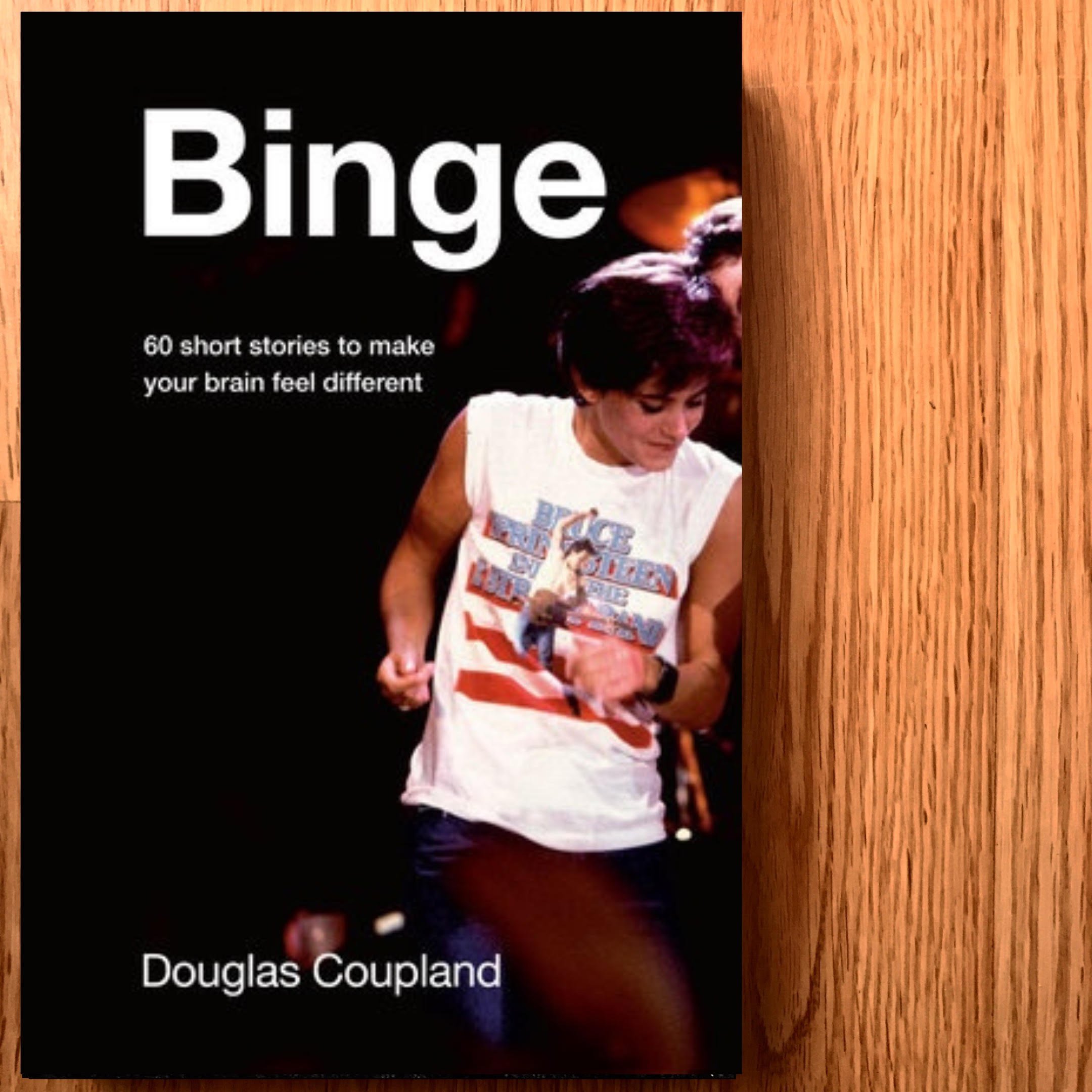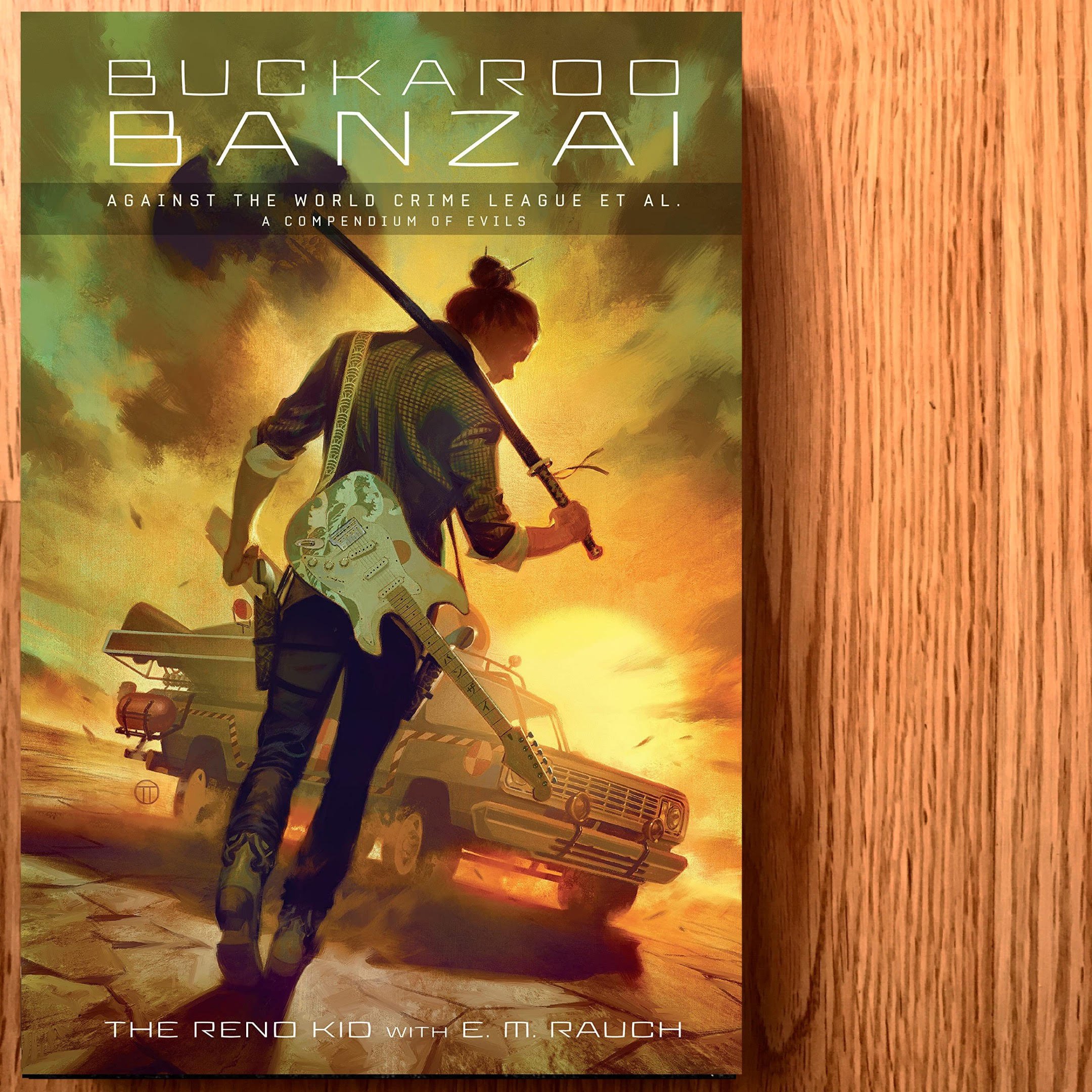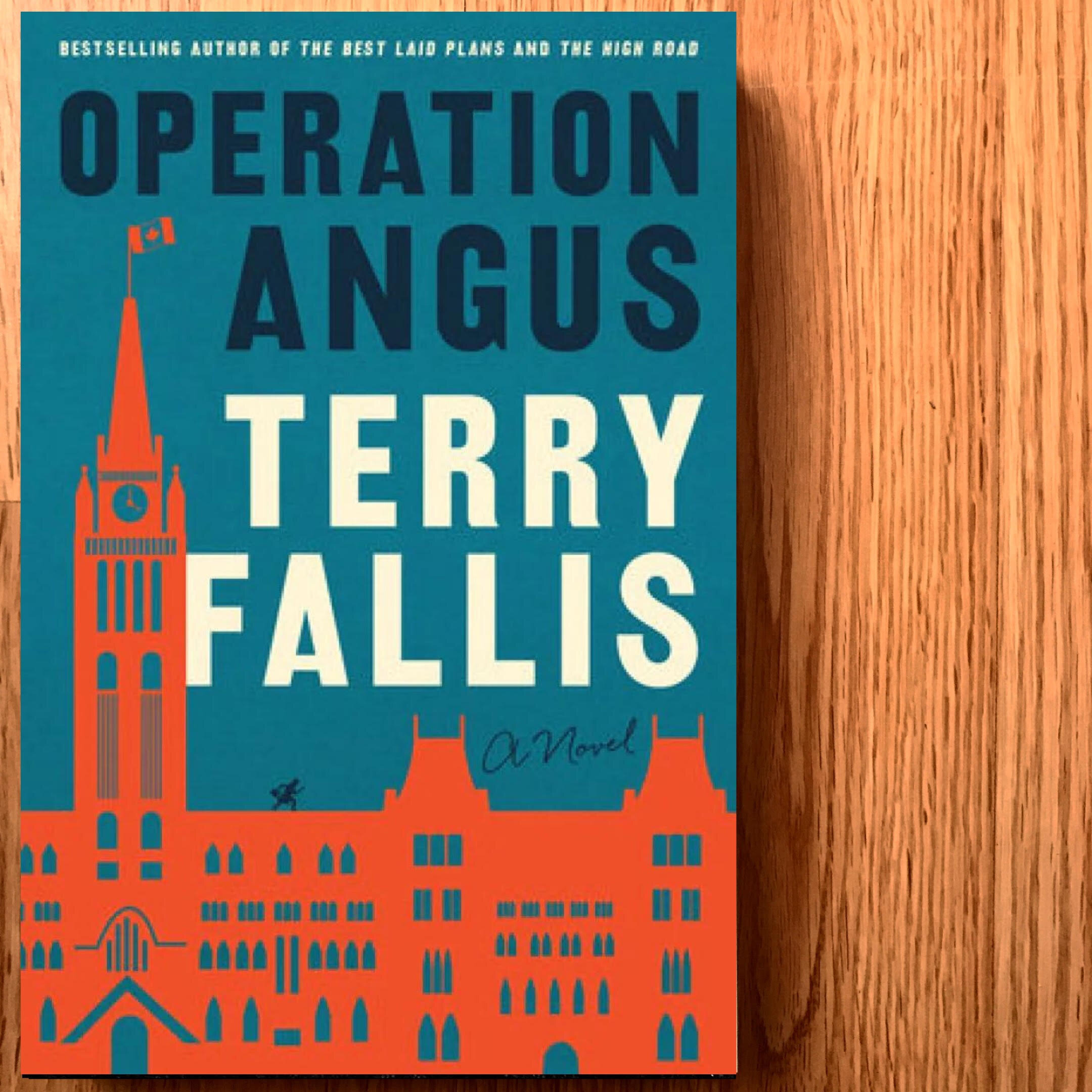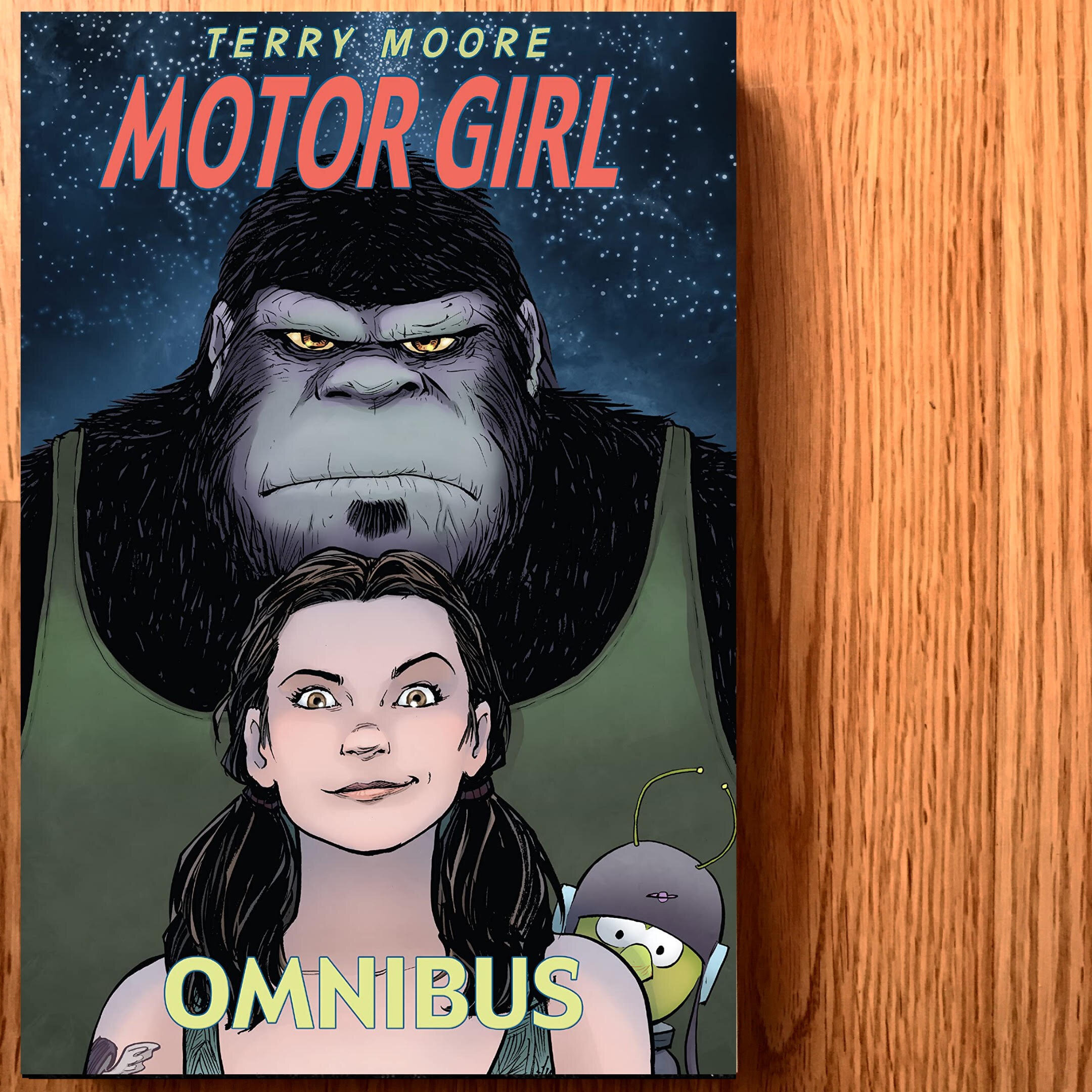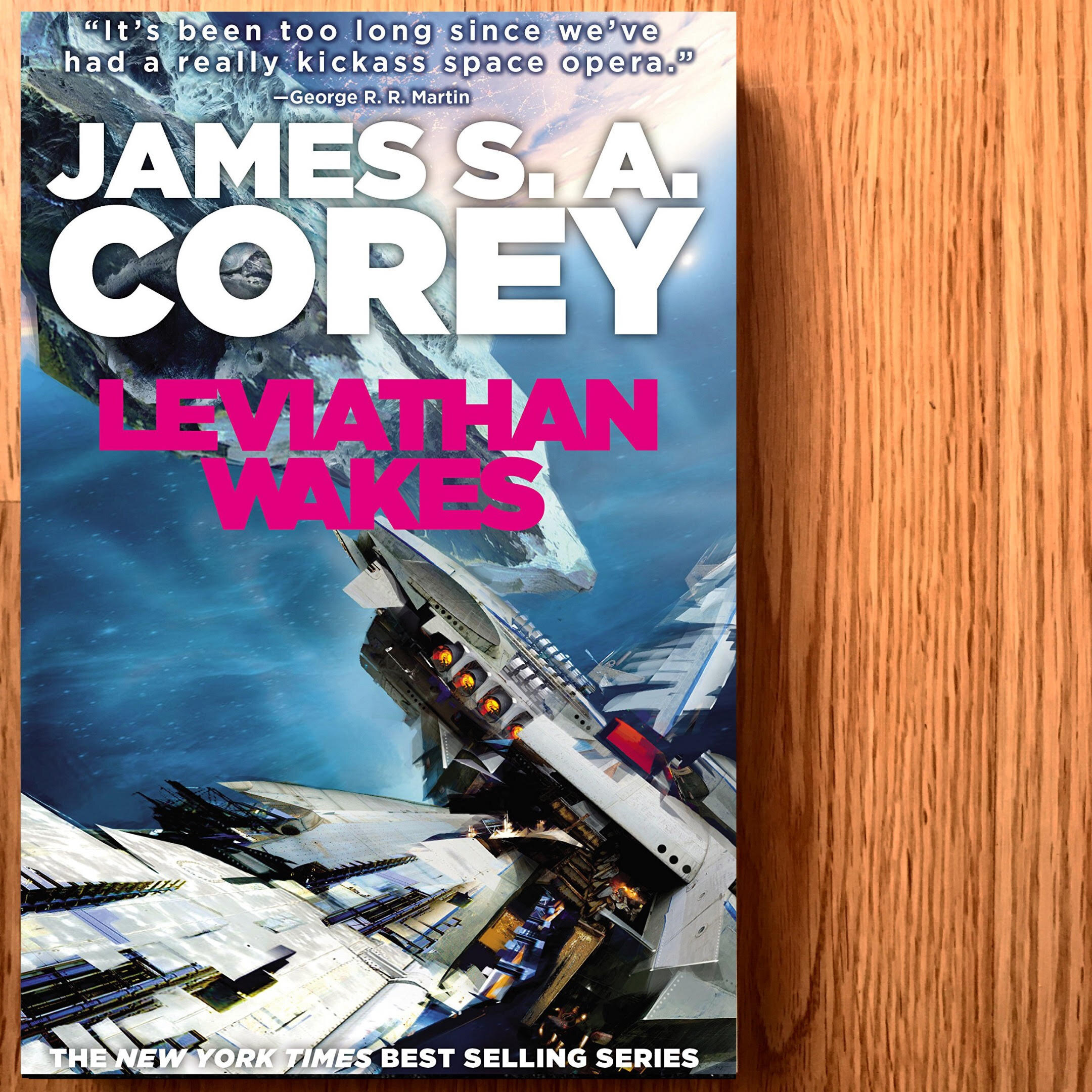Your previous books gave you ample opportunity to draw from personal experience but you've mentioned that Greenwood required a great deal more research. Were there any aspects of Greenwood's characters or plot that required a little less research? Any small opportunities to breathe your own tastes and experiences into the novel?
There are always these opportunities, in fact I doubt I could write about anything that I didn’t have at least some experience with. Often, I’ll do something in my normal, non-writing life, fully believing there will be no crossover between the two, until I eventually discover myself writing about it a few years later. This was the case for building our little house on Galiano Island, which I undertook mainly because I’m cheap and didn’t want to pay anyone to build it for us! But it was an experience that eventually informed the carpentry sections of Greenwood, and my general interest in wood and the lumber industry as well. But I feel a kinship with all the characters I’ve created, even those who have lived much different lives than I have. This is the wondrousness of fiction. To recognize our deepest selves in characters made of words.
Greenwood's story is multi-generational but it also presents very different attitudes and lives among those generations. Not only does each character have a very different personality but each also relates very differently to the trees that are so central to the novel. Was the breadth of these differences something that grew out of the story, or did the characters and their attitudes come first with the story being shaped by your cast?
You know I’m not really sure? I’m just awful at keeping a mental record of what idea develops in what order during a novel’s genesis. Because it’s often the case that the best ideas feel like they’ve always been so, and they rewrite those ideas that existed before them. My writing process is like a big, messy smorgasbord crossed with a riot, an event that the writing is an attempt to make some sense of and clean up. But with Greenwood, I guess there was no chance that I wouldn’t write about the vast differences among the personalities and ideologies of generations. Family members all aligned in their thinking make for a dull story! (And I doubt they actually exist. I mean, I’ve never met a family like that, have you?) But in the end, the many ways the various Greenwoods see trees compose almost a kind of history of environmental thinking in North America (in white, settler-colonial culture specifically, because indigenous people were obviously much more advanced in their ideas of ecology and stewardship.) From mere survival to wanton extraction to guilty appreciation to careful preservation to a kind of appreciative symbiosis. Hopefully we will be able make that last evolution.
Among such a wealth of characters are there any that you particularly identify with yourself either in the way they relate to trees and the world around them or just in some aspect of their personality?
As I mentioned, I identify with some aspect of all the characters in this book. I admire Everett’s resilience, Harris’s drive, Lomax’s doggedness, Temple’s pragmatism, Liam’s commitment to his work, Willow’s idealism, and Jake’s understanding of our interconnectedness with the natural world. Whether I actually have any of these qualities in any abundance is debatable! But I admire them all the same. In my mind, a writer doesn’t have any business creating a character with whom they do not identify, at least partially. The alternative makes for lifeless, inhumane fiction, which is something I would rather not write, or read.
Your previous novel (If I Fall, If I Die) was set in your hometown of Thunder Bay and it resulted in a setting that felt not only very lived in but also very familiar - flaws and all - to the people that live there. Greenwood takes place in many locations but the various settings still feel very comfortable. Could you tell us a little about your process for developing the novel's settings?
The settings all originated organically from the story. But early on, I loved the idea of Everett taking a train trip with the baby, so it was fun to follow them all the way across Canada. And I suppose it was a good way to capture the vastness and beauty of the continent in the writing as well, especially since it contrasts so starkly with the world we are creating, one stripped of all this vast beauty. Oh, and I must point out that there were two mentions of Thunder Bay in Greenwood! One in the future section, when Jake is describing all the places that have become popular destinations now that much of the US is uninhabitable. And the second when Everett is riding past Port Arthur and Fort William, and recalls the events of his childhood. In fact, I’m going to try to sneak some Thunder Bay content into everything I write from now on! It’s one of those little writerly delights, to insert a place into literature a place that always felt so un-literary when you were growing up there. It’s a weird kind of rebellion.
While doing the research for Greenwood did you make any little discoveries that particularly grabbed you? Was there anything you learned that really held on and led you in a direction personally that perhaps the book didn't actually make use of as much?
So many discoveries! In fact, these discoveries are always the danger of research, which can become like the Island of the Lotus-eaters, where you’ll become stuck for a very long time, if you aren’t careful. But reading about the history of Canadian logging was deeply interesting to me, as well as the current science around the mechanisms of tree communication, which is just utterly fascinating, and still feels like the most exciting area of scientific discovery right now. I guess this was a theme of the book, that everything is extremely complicated when it is examined closely. And this complexity of all things can be impossibly beautiful when we take the time to honour and examine it. As for discarded research, I will admit that I did a bunch of research on stamp collection, for some reason, as well as the harvesting of all kinds of wild mushrooms. Both of which may come in handy someday, however, whether in my writing life or my personal life. So I won’t declare those as failures quite yet.
What are you currently working on? Is there another book set for publication from you soon that our readers can get excited about?
I’ve been doing lots of publicity type things, as well as working with some great folks on the limited series TV adaptation of Greenwood, which has been fun. And I have a draft of a new novel that’s currently kicking around on my computer. It’s about a different fictional island in BC, and it seems to be going okay. No clue when I’ll finish though. I’ve only realized recently that writing Greenwood took a great deal out of me, and along with the obvious pandemic-related lethargy, I’ve been going through a bit of a recharge phase. The older I get, the more I realize how important rest is to this process.
What advice would you give to aspiring authors on the craft of writing and for those who are trying to navigate the publishing world?
Here’s a smattering of advice: write about what’s most important to you; write without knowing the answer to the questions you’re asking, and make sure you don’t answer them by accident; write with generosity for your characters, but without mercy for the unnecessary words that will inevitably bog down your sentences. And most of all: write the kind of book you want to read. It’s a cliché, but it’s true.
What is your “must-read” book recommendation and what book has had the most impact and influence on your writing?
Housekeeping by Marilynn Robinson is my favorite book of all time. It captures ideas of home and nature and family and siblinghood and mental illness with such humanity and naked wisdom, I don’t think I’ll ever understand how she did it. To me it’s a perfect encapsulation of the great alchemy that is fiction. I read it every year, and I’m always left thinking: how could words—the same dull words that we see cascading past us on our screens every single day—possibly do this?


